Redwood vs cedar are two of the most popular types of wood used in decking and fencing materials. Both these woods are attractive, durable, and affordable.
But which one is better suited to your needs?
To help you decide, let’s take a look at what these wood types have to offer and the factors you should consider when choosing between them.
What is Redwood
Redwood is a type of wood that comes from the Sequoia sempervirens tree, commonly known as the coast redwood or California redwood. Redwood has a distinctive reddish-brown color and beautiful grain patterns. Redwood trees are among the tallest and largest trees in the world, reaching heights of over 300 feet (91 meters) and diameters of up to 24 feet (7.3 meters).
The natural durability and resistance to decay and insects make redwood valued by contracters. It has excellent dimensional stability, meaning it is less likely to warp or shrink compared to other types of wood. These qualities make redwood a popular choice for outdoor applications such as decking, fencing, siding, and outdoor furniture.
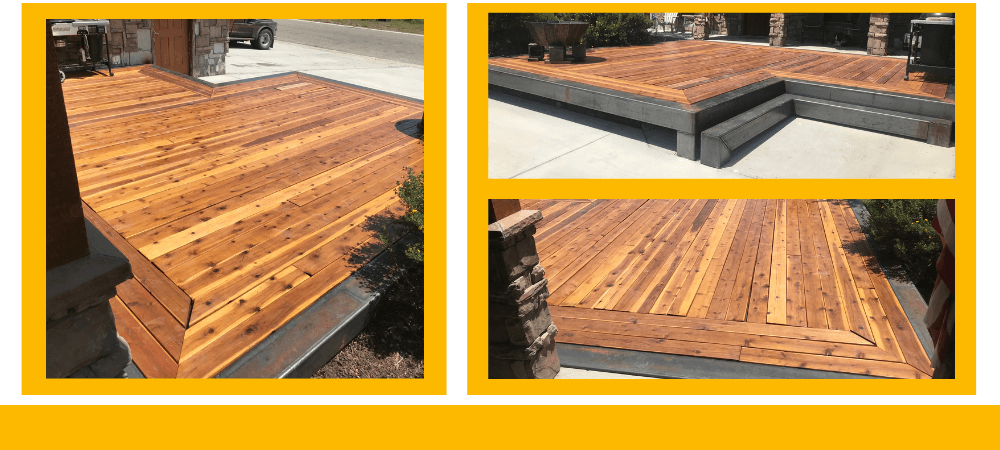
Pros of Redwood
- Natural Durability: Redwood is naturally resistant to rot, decay, and insect damage. It contains tannins and oils that act as natural preservatives, allowing it to withstand harsh outdoor conditions and have a longer lifespan compared to other types of wood.
- Dimensional Stability: Redwood has excellent dimensional stability, meaning it is less likely to warp, twist, or shrink when exposed to changes in moisture and temperature.
- Sustainability: Redwood is often sourced from sustainably managed forests, where responsible harvesting practices are employed to ensure the long-term health and viability of redwood trees.
- Attractive Appearance: Redwood is renowned for its distinctive reddish-brown color and beautiful grain patterns.
- Low Maintenance: Redwood requires minimal maintenance compared to other wood species. Periodic sealing or staining can help maintain its appearance and further enhance its durability, but it is not always necessary.
- Workability: Redwood is relatively easy to work with due to its straight grain and consistent texture. It can be easily cut, shaped, and fastened, making it a favorable choice for DIY projects or professional construction.
Cons of redwood
- Cost: Redwood can be relatively expensive compared to other wood options. Its popularity and limited availability contribute to its higher price point.
- Limited Availability: Redwood is primarily sourced from specific regions, such as the coastal areas of California. This limited geographical availability may make it challenging to find redwood lumber in certain locations, leading to higher transportation costs or difficulty in acquiring the desired quantities.
- Softness: Redwood is a relatively soft wood compared to some other species. While its natural durability against decay and insects is commendable, it is more prone to surface damage and dents.
What is cedar wood
Cedarwood refers to lumber that comes from various species of the Cedrus and Thuja tree families. There are different types of cedar, with Western Red Cedar (Thuja plicata) and Eastern Red Cedar (Juniperus virginiana) being the most commonly used for commercial purposes.
Cedar wood is highly valued for its natural properties and is widely used in construction, woodworking, and other applications.
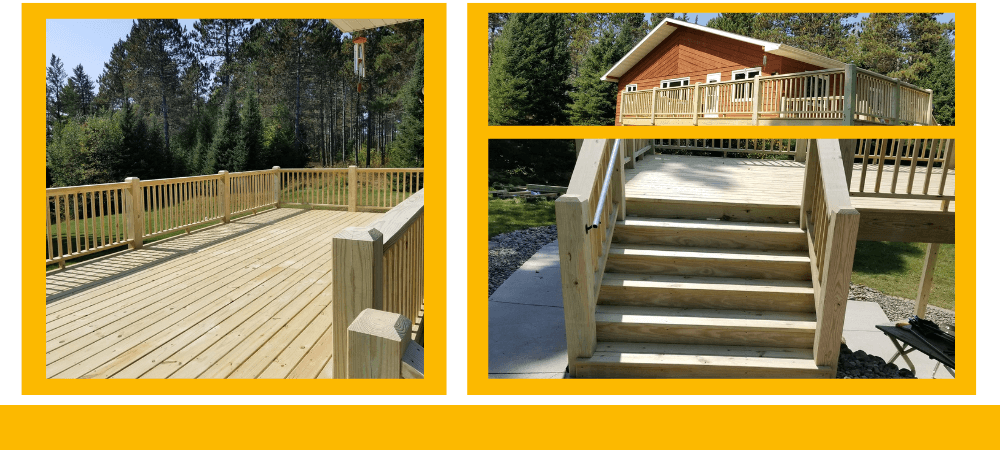
Pros of Cedarwood
- Durability: Cedarwood is known for its natural durability and resistance to decay, rot, and insect damage. The presence of natural oils and extractives in cedar acts as a defense mechanism against fungi and insects, making it well-suited for outdoor applications, including decking, siding, and fencing.
- Aromatic Properties: Cedarwood has a distinct, pleasant aroma due to the presence of aromatic compounds. This characteristic scent is often enjoyed and is also known to deter certain insects, making it a popular choice for closets, storage chests, and other applications where its natural repellent properties can be beneficial.
- Dimensional Stability: Cedar wood has excellent dimensional stability, meaning it experiences minimal warping, twisting, or shrinking when exposed to changes in moisture and temperature.
- Attractive Appearance: Cedarwood features a unique grain pattern, ranging from straight to interlocking, and its natural color varies from light brown to reddish-brown.
- Workability: Cedarwood is relatively soft and lightweight, making it easy to work with using both hand and power tools.
- Thermal Insulation: Cedar wood has excellent thermal insulation properties. It resists heat transfer, which can contribute to energy efficiency in construction applications.
- Sustainability: Cedar wood is often sourced from sustainably managed forests, where responsible harvesting practices are implemented to protect the environment and ensure the long-term availability of cedar resources.
Cons of Cedarwood
- Cost: Cedarwood can be more expensive compared to other common wood species. Its popularity and limited availability contribute to the higher price point. If budget is a significant factor, cedar wood may not be the most cost-effective choice for your project.
- Softness: Cedarwood is relatively soft, which means it is more prone to surface damage, dents, and scratches compared to harder wood species. Care must be taken during installation and regular use to avoid gouging or marring the wood’s surface.
- Color Change: Cedarwood undergoes a natural color change over time when exposed to sunlight and weathering. It typically transitions to a silver-gray patina, which some people find attractive. However, if you prefer to maintain the wood’s original color, regular maintenance and the use of UV-protective finishes are necessary.
- Availability: The availability of cedar wood may vary depending on your location. While Western Red Cedar is more widely available, other cedar species may be more region-specific.
- Environmental Considerations: While cedar wood is often sourced from sustainably managed forests, it’s important to ensure that the cedar you purchase comes from certified sustainable sources. Demand for cedar can put pressure on these ecosystems, so responsible sourcing is crucial to support the conservation of cedar forests.
Redwood vs Cedar comparisons
Maintainance
From a maintenance standpoint, redwood and cedar are very similar. Both species are naturally resistant to decay, which means they’ll last many years on your deck or fence without needing a lot of maintenance.
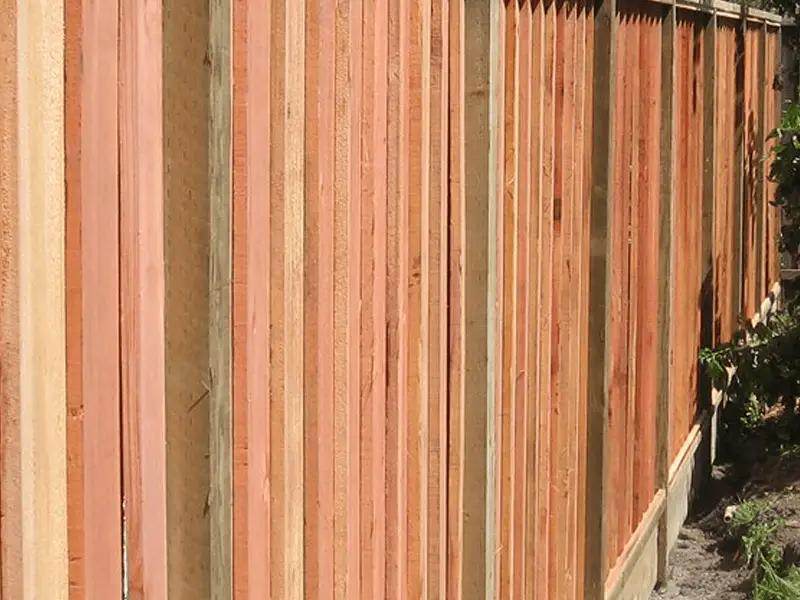
However, you will still need to regularly oil and stain both types of wood. This can be somewhat labor-intensive because it involves sweeping or raking leaves and dirt off of your deck every few weeks (or daily in some cases) to keep it from discoloring your fence or deck. Sanding the deck may be needed in serious cases.
As for restoration, redwood and cedar are both easy to restore if they become damaged. However, redwood will require more work because it’s a softer wood.
A simple scrape or dent can cause deep gouges in redwood, while cedar is much harder and less likely to be damaged in such a way. But don’t worry—you can still fix dents in your deck or fence using either type of wood!
Cleaning Up After Redwood vs Cedar:
Although both types of wood resist rotting and insects, neither one resists stains or dirt nearly as well as other materials such as plastic or metal fencing. Therefore they will need cleaning with soap and breach in extreme solid stain cases.
Eco-Friendliness
Both kinds of wood are taken from industries that are sustainable. In fact, both cedar and redwood trees grow relatively fast and are not cut down at a faster rate than their growth.
However, there is one key difference between these two types of wood. As mentioned earlier, redwood trees are an endangered species in many areas of North America.
Because they have been over-harvested in some areas to meet demand, they have become scarce in certain regions. If you live in an area where redwood lumber is plentiful and you’re concerned about your carbon footprint or want to support local businesses then by all means go with redwood.
The Durability
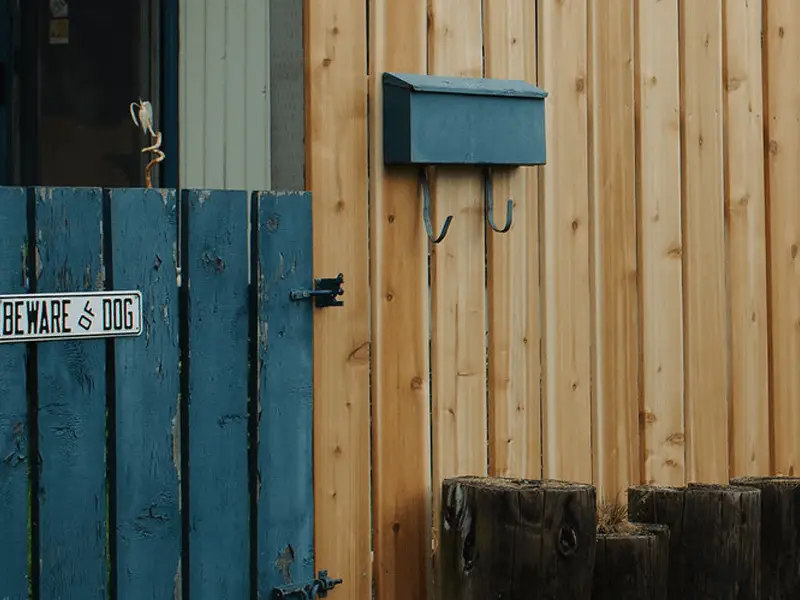
When comparing redwood vs cedar as a decking option, you’ll need to consider their natural durability. Both options are eco-friendly and resistant to rot or insects.
But because they come from different parts of trees, they have slightly different resistance levels. At first glance, you might think that redwood is far more durable than cedar—but it doesn’t hold up to weather quite as well once it’s cut into planks.
It’s also heavier, so you may need to reinforce your support beams if you go with redwood. For these reasons, many homeowners choose cedar over redwood.
Cost Comparison
Cedar is less expensive than redwood. Plus, you can buy planks in varying thicknesses to make sure your fence or deck looks just right.
That being said, it’s not quite as sturdy as redwood. redwood is harder than cedar and therefore more durable hence the higher price tag might be worth it depending on how much use you want to get out of your project.
It will also last longer if properly maintained so over time it may be cheaper since maintenance costs will be lower.
Don’t forget to check out: Best Woods for outdoor fence
So What’s The Verdict: Redwood vs Cedar?
Redwood and cedar are both great options when it comes to adding a new deck or fence to your home. Both come with their own set of pros and cons, though there’s not necessarily a clear-cut winner between redwood vs cedar for most people.
Redwood tends to be stronger but softer than cedar, meaning that it can endure more damage from insects and weather over time, while cedar lasts much longer if you live in an area where salt is used on roads during the snow season.
check out: the best stain for a new deck

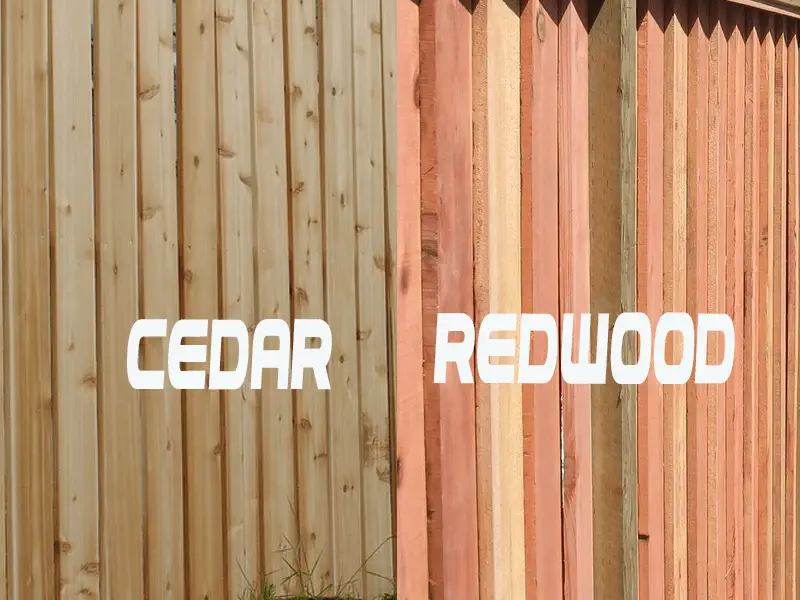
Very good comparison as well as extremely informative.
Thank you
Kilo Charlie